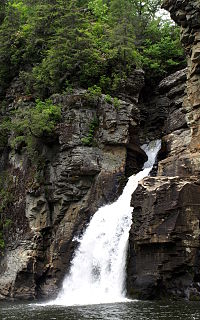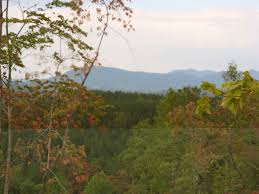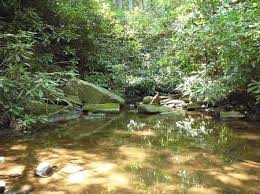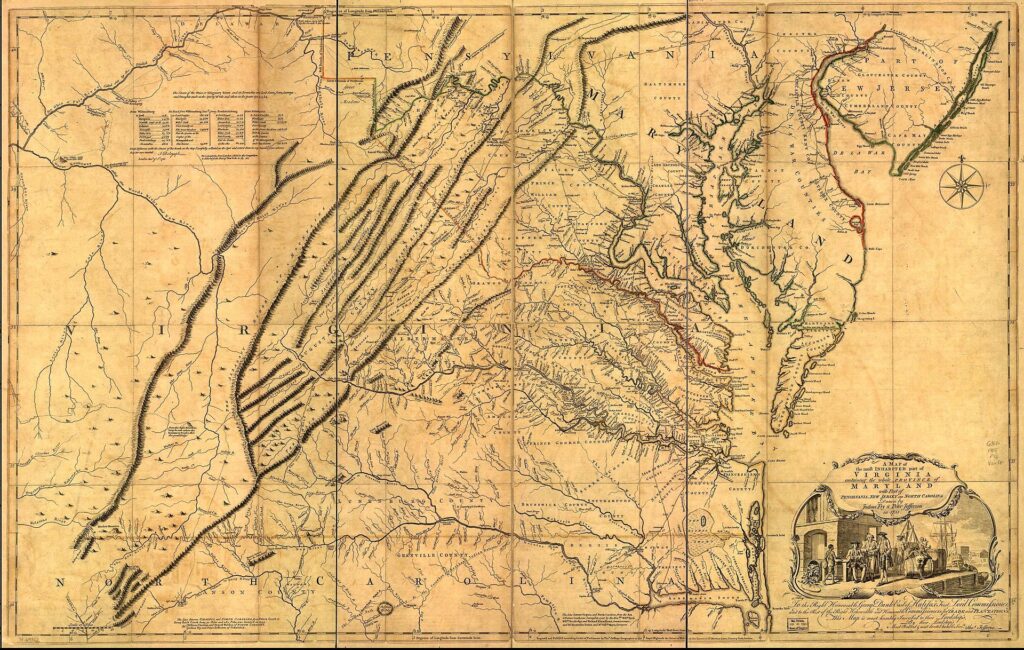The Great Wagon Road to the Western Frontier
Burke County North Carolina Probate Records available to members of North Carolina Pioneers
Digital Images of Burke County Wills 1793 to 1869 (surviving images)
Avery, Wrightsville | Bradshaw, William | Branch, Oliver | Brittain, W. L. | Coffee, William | Connelly, John | Connelly, Sidney | Connelly, Tilney | Dale, George | Day, James | Day, Nicholas | Devine, James | Durham, John | Durmire, Adam | Dysart, William | Dyson, Samuel | Edmiston, Sarah | England, Daniel | England, John | England, Thomas | England, William | Erwin, Arthur | Erwin, James | Erwin, Matilda | Erwin, Ulysses | Erwin, William H. | Erwin, William W. | Espy, Mary | Estes, Delphi | Estes, John | Estes, Laban | Estes, Reuben | Fair, Joseph | Finley, Charles | Fleming, Elizabeth | Fleming, James | Fleming, Robert | Forney, Jacob | Forney, Peter | Foster, George | Fox, Hugh | Franklin, John | Fullerton, William | Fulwood, William | Harshaw, Jacob | Hoyle, Absalom | Johnson, D. H. | Kenley, Aaron | Kincaid, Milton H. | Lail, Jacob | London, Marcus | Mathew, George | McGimsey, A. T. | McKesson, Anna | Newburn, John | O’Neil, Henry | Pullen, Mary | Ramsey, Catherine | Rector, Martha | Reynolds, Nancy | Robinson, Sophia | Scott, Ambrose | Scott, Rebecca | Seagle, Jacob | Smith, Mary Southerland | Tate, W. C. | Taylor, Hugh | Walton, Martha | Walton, T. George

Linville Falls in the Blue Ridge Mountains
Names of Families in Burke County Wills, Probate Records, Genealogy

Immigrants from the Past did not Demand


